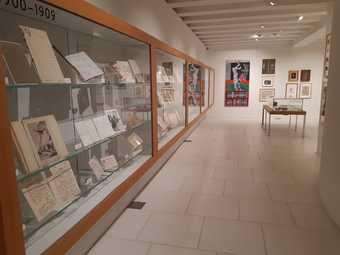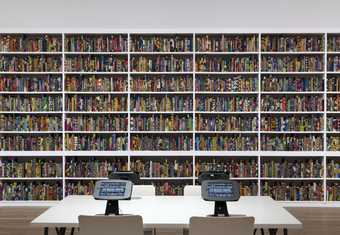Celebrate Tate Archive’s 50th anniversary with a journey through the world’s largest archive of British art
The idea for Tate Archive arose in the 1960s as the then Director of Tate, Sir Norman Reid, became concerned that art archives were being lost to research in this country. A call to artists in 1970 helped establish what has become a national centre for documenting fine art practice in the UK. Fifty years later Tate Archive holds more than 1,000 collections, containing over 20 million pieces and is now the world’s largest archive for British art.
In addition to artists’ papers Tate Archive also houses many records of art institutions, exhibiting bodies and commercial galleries. The range of media is wide and diverse encompassing items from diaries, correspondence, preparatory sketches and sketchbooks to scrapbooks, photographs, audio-visual material and press cuttings. Increasingly, Tate Archive ingests, migrates and preserves born-digital materials, such as email accounts, word processed documents, Excel spreadsheets and other digital media.
This display showcases some of these treasures deposited during our 50 years in operation with a journey through British art from the 1600s-2000s. As the initial impetus for establishing Tate Archive was to document the history of 20th century fine art practice, the wall cases contain items illustrating a key moment in British art history for each year of that momentous century. The table cases neatly bookend the 20th century with fascinating items from before 1900 and analogue and born-digital material from the 2000s. On the wall, larger framed items from Tate Archive’s collections are displayed to highlight the variety of visual material contained within the repository.
To make an appointment to view the items in the Hyman Kreitman Reading Rooms at Tate Britain email reading.rooms@tate.org.uk.
This gallery has been renamed the Marie-Louise von Motesiczky Archive Gallery in her honour.



